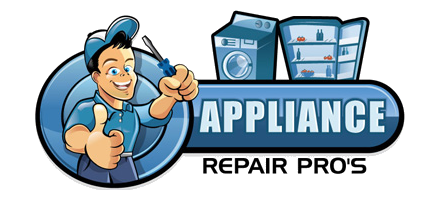Port St Lucie Washing Machine Repair 772-501-9870

Washing Machine Repair in Port St. Lucie? We Can Help! Don’t let a broken washing machine disrupt your busy life in Port St. Lucie! At Port St. Lucie Appliance Repair, we understand how essential a working washer is to your daily routine. We provide prompt, professional, and affordable washing machine repair services throughout Port St. Lucie and the surrounding areas. Our experienced technicians are dedicated to getting your appliance back up and running quickly, so you can get back to what matters most.
Washer Repair Services | Port St. Lucie Appliance Repair
Common Washing Machine Issues We Resolve:
- No Spin or Agitation: Is your laundry coming out soaking wet? We can fix that!
- Leaky Washing Machines: Prevent water damage with our expert leak repair.
- Unusual Noises: Grinding, banging, or squealing? We’ll diagnose and silence those sounds.
- Draining Problems: We’ll clear blockages and restore proper drainage.
- Water Fill Issues: If your washer isn’t filling, we’ll find and fix the problem.
- Error Codes: We decode and resolve all error messages.
- Broken Belts, Pumps, and Motors: We replace worn or damaged parts with high-quality replacements.
Washing Machine Repair in Port St. Lucie | Call (772) 501-9870
Port St. Lucie Appliance Repair services all major washing machine brands and models, including Whirlpool, Samsung, LG, Maytag, Kenmore, GE, and more. Our technicians are trained to handle both top-loading and front-loading washers, ensuring a comprehensive solution for your appliance needs. We pride ourselves on using only reliable, durable parts to guarantee long-lasting repairs.
Why Choose Port St. Lucie Appliance Repair?
- Local Expertise: We’re a trusted Port St. Lucie business, dedicated to serving our community.
- Fast & Efficient Service: We strive for same-day or next-day appointments to minimize your inconvenience.
- Experienced & Certified Technicians: Our team is highly trained and knowledgeable in all aspects of washing machine repair.
- Transparent & Fair Pricing: We provide upfront quotes with no hidden fees.
- Quality Parts & Repairs: We use only the best parts and guarantee our workmanship.
- Customer Satisfaction Guaranteed: Your happiness is our priority.
Port St. Lucie Washer Repair: Fast & Reliable
Serving All of Port St. Lucie and Surrounding Areas
We provide washing machine repair services throughout Port St. Lucie and the surrounding communities. If your washing machine is acting up, don’t hesitate to give us a call!
Contact Port St. Lucie Appliance Repair Today!
Get your washing machine fixed quickly and efficiently. Call us now at [Your Phone Number] or fill out the form below to schedule an appointment. Let Port St. Lucie Appliance Repair take the stress out of laundry day!
Your Local Port St. Lucie Washer Repair Experts | (772) 501-9870

